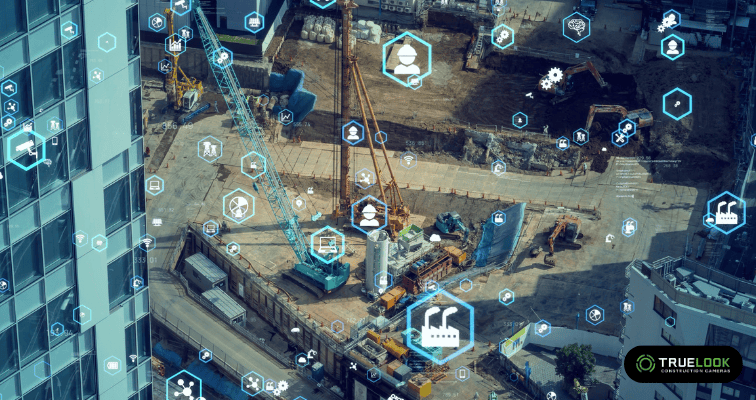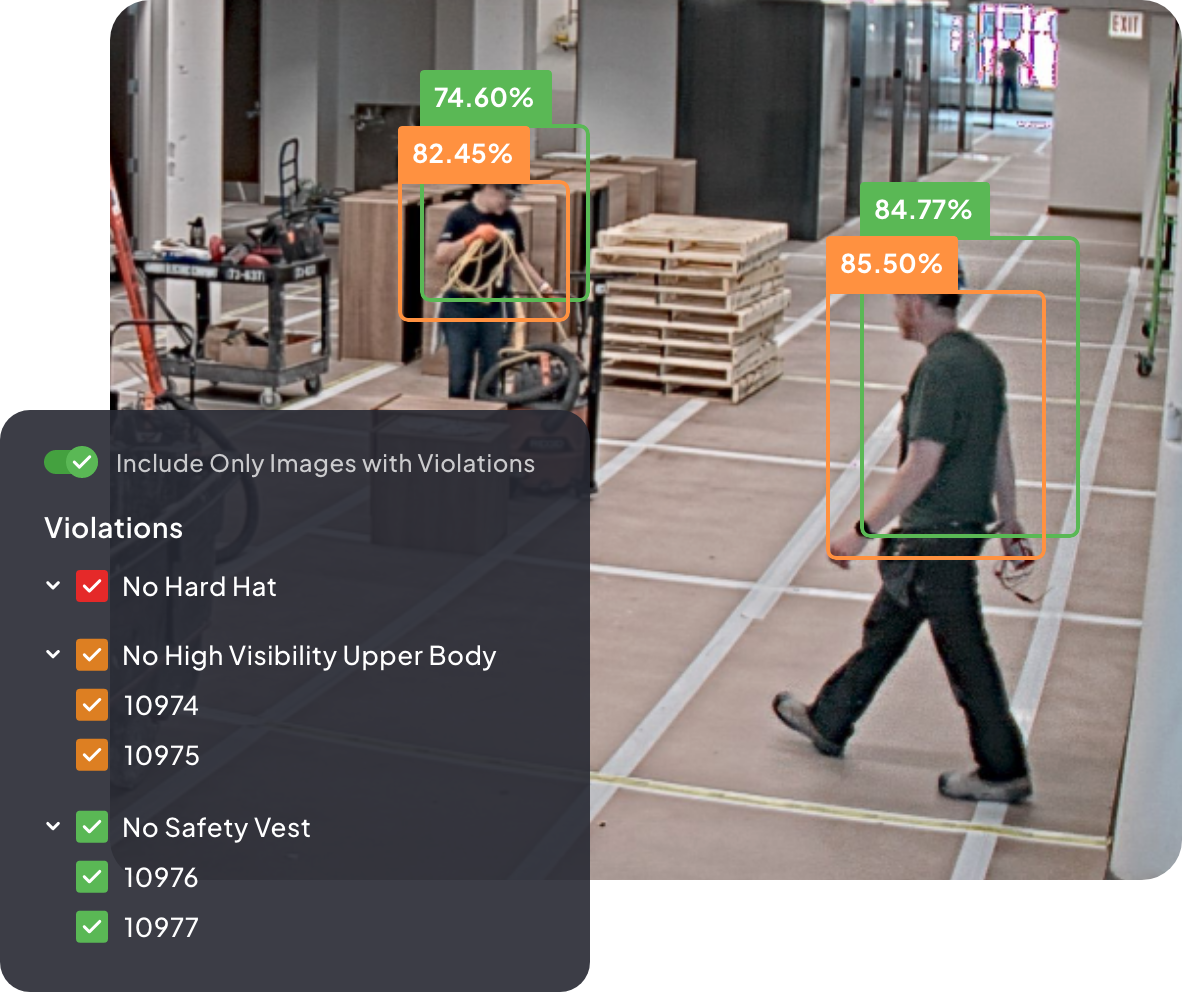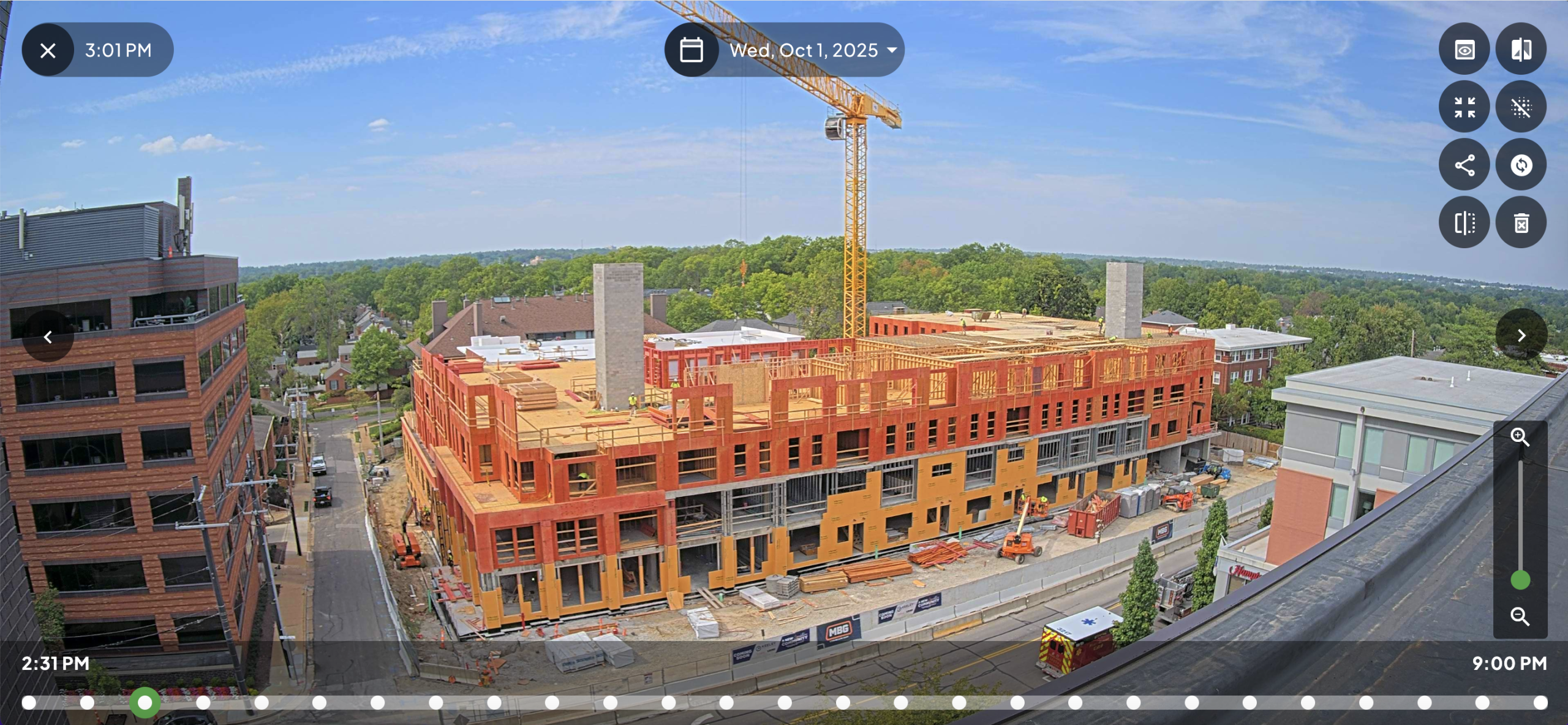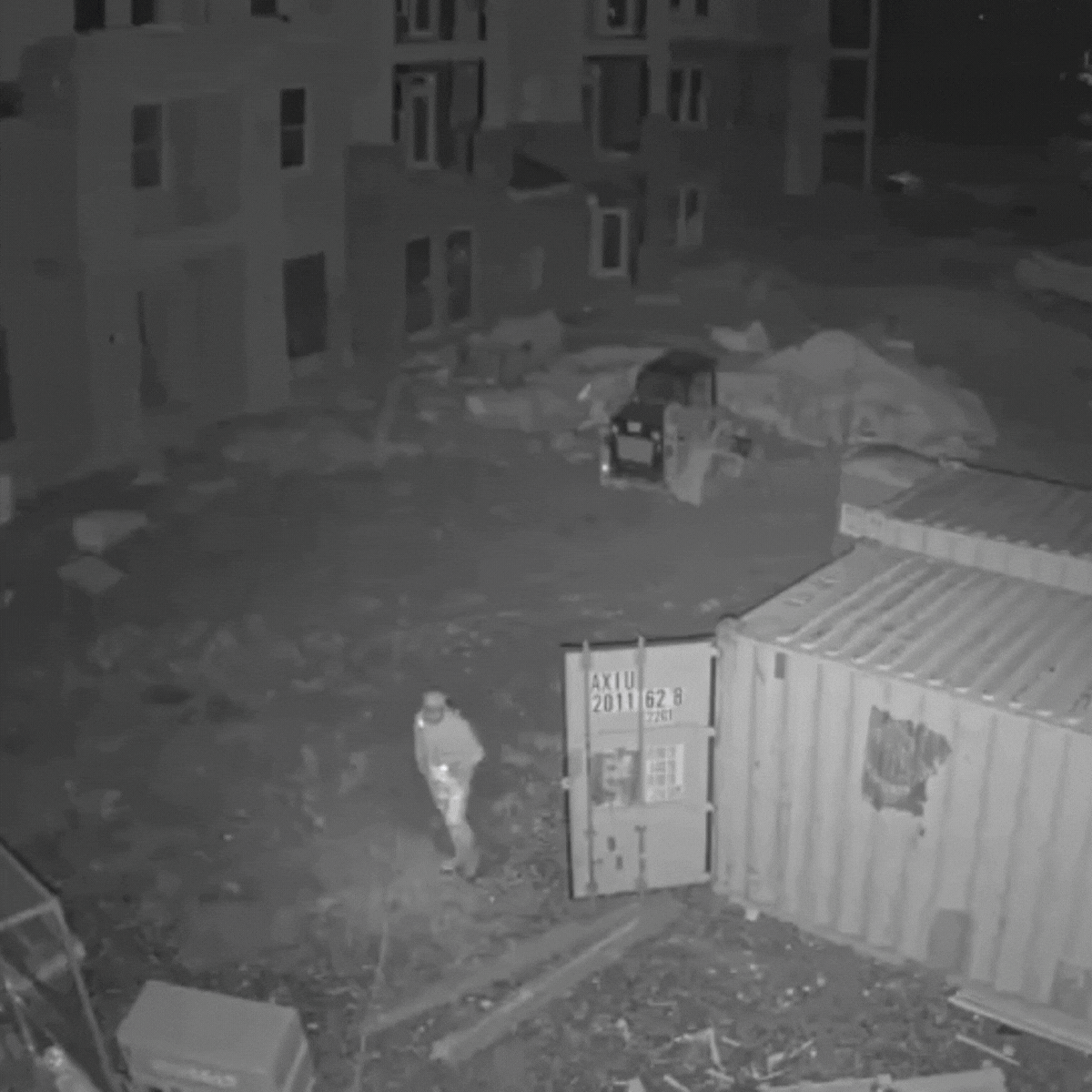
Artificial intelligence (AI) has reached a pivotal moment. Once confined to research labs and speculative headlines, AI is now a boardroom conversation across industries. Healthcare, finance, and retail are already demonstrating measurable ROI from applied AI. Construction, however, the world’s largest industry, responsible for nearly 13% of global GDP, has historically lagged behind.
According to McKinsey, productivity in the construction industry has grown by just 1% annually over the past two decades, compared to 3.6% for manufacturing. Costs overrun on 9 out of 10 projects. Safety incidents remain stubbornly high. AI has the potential to unlock transformative gains here, but only if it is built for the field realities of construction.
The sector is entering a new era of Vertical AI, domain-tuned intelligence tailored to specific industries, rather than generic, one-size-fits-all models. In construction, this means AI trained not on internet stock footage or warehouse imagery, but on the unique, chaotic, and dynamic environment of jobsites.
From General AI to Vertical AI
General-purpose AI models can generate convincing text or classify standard images, but they falter when asked to parse the difference between a reflective safety vest and an orange tarp, or between authorized night crews and trespassers moving through scaffolding.
This is not a flaw; it’s a mismatch. General models were not built to navigate the dust, motion blur, weather interference, and overlapping trades that define construction environments.
Vertical AI closes this gap. By training on construction-specific data sets and optimizing for the sector’s unique visual and operational challenges, vertical AI offers:
- Higher accuracy in detecting critical safety and progress markers.
- Lower false positives, which build trust among users.
- Contextual relevance allowing AI to integrate meaningfully into workflows.
For C-suite leaders, the takeaway is clear: if you want AI to deliver real business value, you need models tuned to your domain.
Three Use Cases Where Construction AI Is Already Delivering
1. Safety & PPE Compliance
Safety is the lifeblood of construction. The U.S. Bureau of Labor Statistics reports that construction accounted for nearly 1 in 5 workplace fatalities in 2023. Personal Protective Equipment (PPE)—hard hats, vests, and harnesses—is the first line of defense. Yet compliance monitoring has historically relied on manual walkthroughs, sporadic audits, or wearables that workers resist.
Construction AI trained on jobsites can analyze imagery as often as once per minute, flagging missing PPE without requiring manual video scrubbing. Importantly, these systems don’t replace safety officers, they augment them, providing a continuous “second set of eyes” that reduces both the risk of incidents and the administrative burden of audits. Tools like our TrueAI PPE are designed specifically for this purpose, detecting compliance issues in real time and turning jobsite footage into actionable safety insights.
2. Project Progress Verification
Owners, lenders, and general contractors often clash over whether milestones are truly met. Progress reports are still frequently based on subjective observation or delayed documentation.
AI-powered analysis of jobsite imagery allows stakeholders to verify “planned vs. actual” progress objectively. For example:
- Foundations poured on time.
- Structural steel reaching specified elevations.
- Curtain wall installation sequences tracked visually.
This reduces disputes, accelerates payment approvals, and builds trust among all project stakeholders. It also ensures executives are making decisions based on data, not assumptions.
3. Security & Site Protection
Construction sites are attractive targets for theft and vandalism, with annual losses estimated at $1 billion in the U.S. alone. Traditional security systems often generate false alarms, desensitizing teams and eroding response effectiveness.
AI for construction can distinguish between a trespasser climbing a fence and an authorized subcontractor working late. By integrating with strobes and sirens, and monitoring services, AI-driven deterrence prevents theft without overwhelming managers with false alerts.
Framework for AI Adoption: From Pilot to Scale
Many construction firms experiment with AI but stall at the pilot stage. Why? Because they underestimate the organizational shifts required to scale. Based on our field experience, three principles are critical:
- Data Quality & Relevance
Domain-specific training data is not optional. AI must learn from real jobsite conditions, such as dust, shadows, trade variability, not sanitized stock libraries. - Human-AI Collaboration
Successful AI does not automate humans out of the equation. Instead, it augments field teams, enabling faster decision-making and more effective time allocation. A project manager informed by AI insights can prevent a delay; AI alone cannot pour concrete. - Workflow Integration
AI insights must connect to existing project management tools (like Procore or Autodesk Construction Cloud), compliance systems, and reporting frameworks. A disconnected AI dashboard, no matter how smart, will sit unused.
Executives who plan for these three dimensions will see projects move beyond proof-of-concept and into measurable enterprise value.
Why Construction Is a Crucial Test Case for Vertical AI
Unlike industries with highly standardized environments, construction is unpredictable by design. No two projects are alike. That makes it the perfect proving ground for vertical AI.
If AI can succeed in construction, accounting for variability, weather, trade coordination, and ever-changing risk factors, it can succeed anywhere. The ripple effects would be enormous:
- Economic impact: Improving productivity in construction by even 1% annually could add $1.6 trillion to the global economy (McKinsey).
- Safety outcomes: Reducing incidents improves worker retention and lowers insurance and litigation costs.
- Environmental benefits: More efficient scheduling and material management reduce waste and emissions.
In this sense, construction is not simply another vertical; it’s a cornerstone.
Looking Ahead: The Future of AI on the Jobsite
What comes next? Based on industry signals, five trends are emerging:
- Real-Time Compliance Dashboards – Owners will demand visual evidence of compliance, not just paper certifications.
- Predictive Safety Models – AI that not only detects violations but anticipates conditions that precede incidents (e.g., patterns of near-misses).
- AI Agents as Co-Pilots – Instead of replacing project managers, AI will serve as a collaborator, suggesting schedule optimizations or flagging resource conflicts.
- Synthetic Data for Training – As privacy and access constraints limit real jobsite data, synthetic imagery will help train models while protecting workers.
- Explainable AI – Trust will hinge on transparency. Executives will demand “show me why” explanations, not just binary outputs.
Conclusion
AI in construction is not about robots taking over the jobsite. It’s about intelligence tuned to the sector’s realities, augmenting human expertise, driving accountability, and creating safer, more efficient projects.
The companies that will lead this next chapter aren’t the ones chasing AI hype; they’re the ones building AI that knows the jobsite.
For C-suite decision makers, the mandate is clear: embrace vertical AI not as a future trend, but as today’s competitive differentiator. The firms that act now will not just deliver projects, they’ll deliver the future of infrastructure itself.
About the Author
Roger Yarrow is the Chief Executive Officer of TrueLook, a leading provider of construction jobsite visibility and analytics. With over two decades of experience in construction technology, Roger is focused on bringing practical innovation to the field, ensuring AI solutions are built not just for labs, but for the realities of the jobsite.





